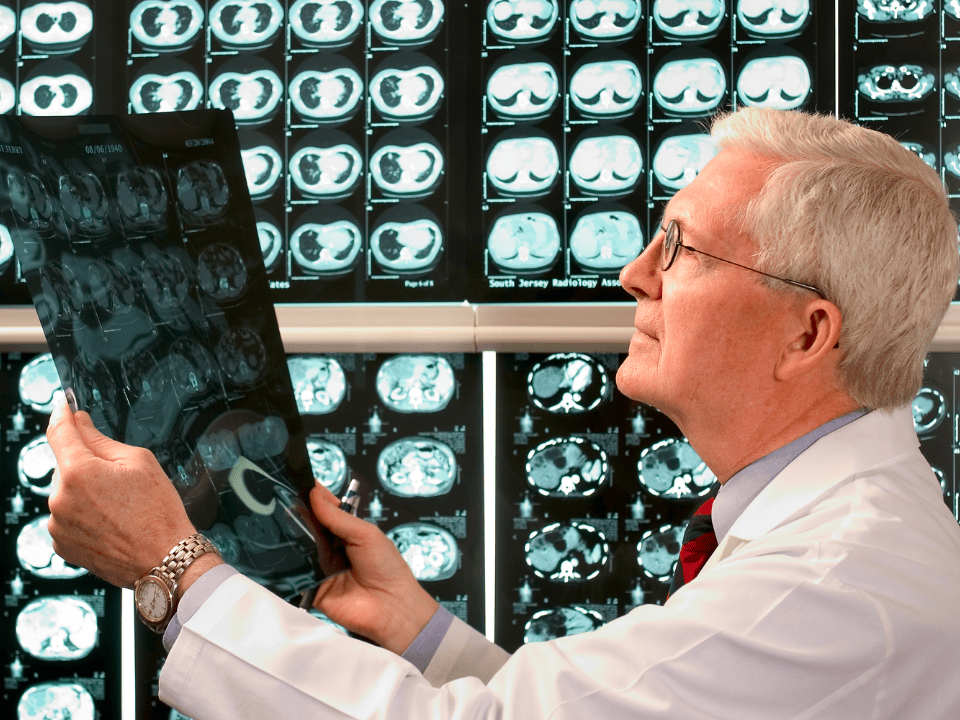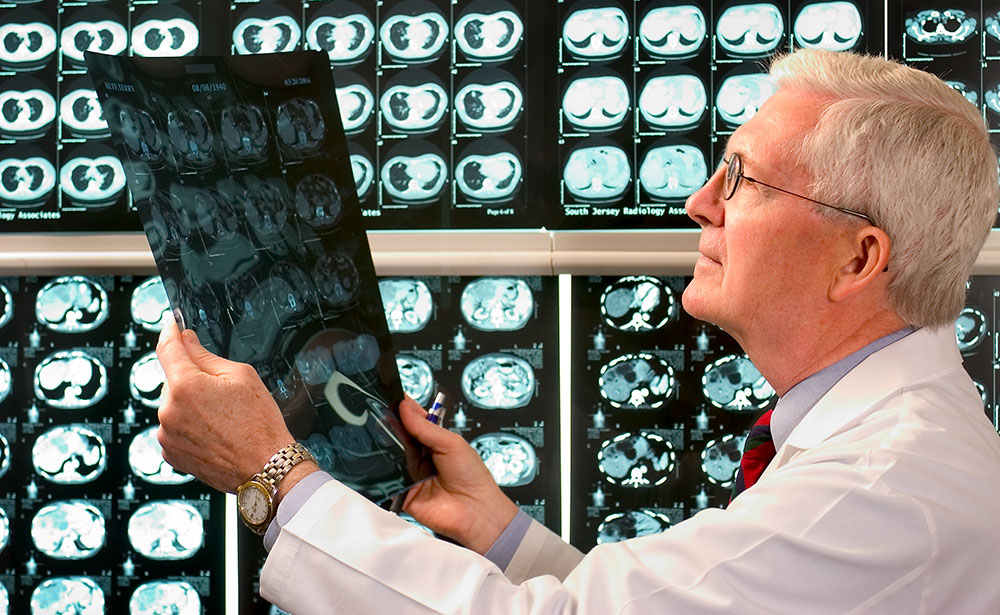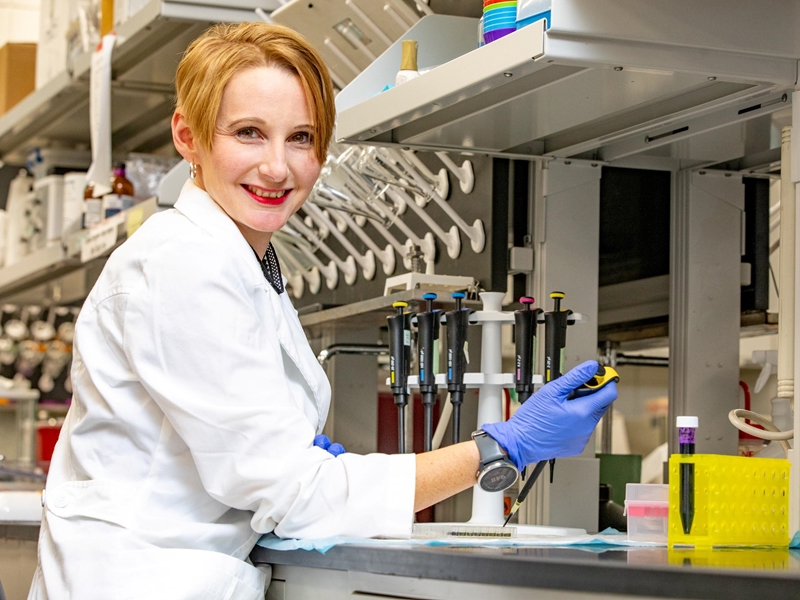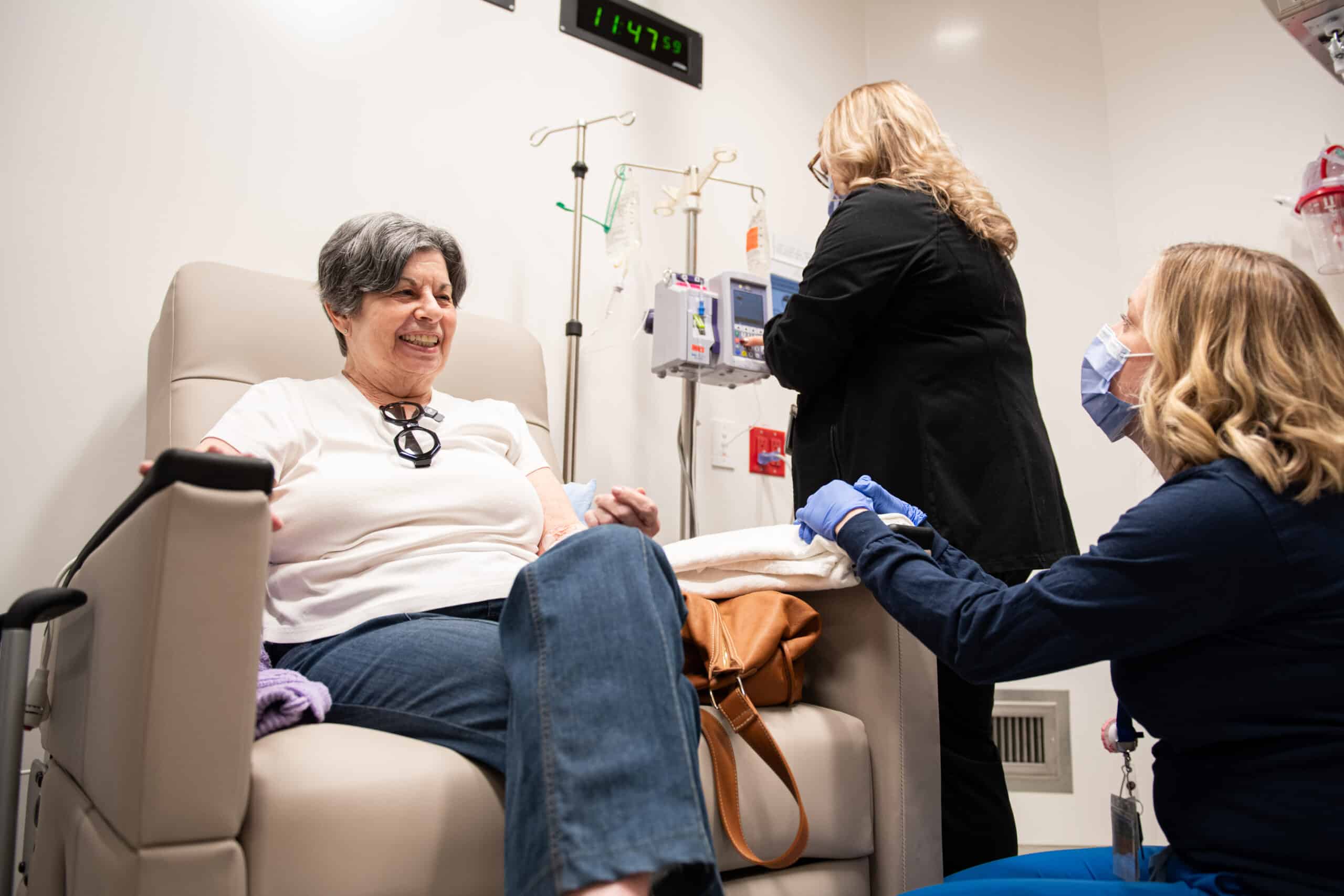Bayard “Barney” Clarkson, a pioneering leukemia researcher, a career-long member of the faculty of Memorial Sloan Kettering Cancer Center, and past president of the American Society of Clinical Oncology and the American Association for…
January 9, 2026
Today, a…

![[Press release] ACTG launches IPACE-HIV to study frailty intervention](https://afnnews.qaasid.com/wp-content/uploads/2025/10/clinical-trial-icon-gaac45ea20-1280-scaled.png)







